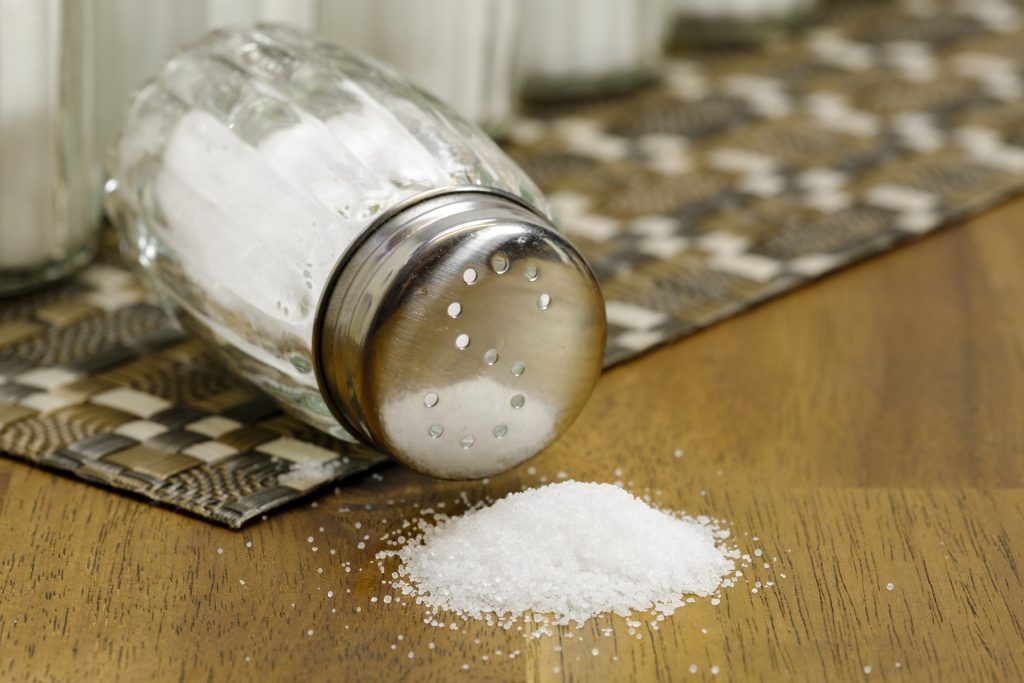Vaccine-related Fainting Down to Anxiety, CDC Says

A brief bout of anxiety was likely the cause of possible COVID vaccine-linked symptoms that people experienced, said researchers with the US Centers for Disease Control and Prevention say.
Several reports emerged in early April that people in at least five different vaccination sites in the US, all in different states, experienced symptoms almost immediately after receiving a vaccination jab.
These symptoms, all from people who received the Johnson & Johnson vaccine, were largely reported as being fainting, dizziness, lightheadedness, and rapid breathing. These incidents resulted in four of these sites being temporarily shut down, with pledges to investigate being made by both the CDC and local health officials.
The CDC investigation examined 64 cases documented across five vaccination sites between April 7 and 9, and interviewed providers who were at the sites when the events took place. Real-world safety data collected through the Vaccine Adverse Event Reporting System was also looked at.
While some people went to the hospital afterwards, none of the symptoms were deemed to be serious in severity, and most symptoms improved within 15 minutes. A total of 17 people experienced fainting, while more than half reported feeling lightheaded and dizzy and about a third experienced nausea and/or vomiting. Thirteen patients had also told staff members beforehand of past fainting due to a fear of needles or vaccines.
The CDC’s report on the investigation and its findings were published Friday in its Morbidity and Mortality Weekly Report (MMWR).
Fainting and similar short-term symptoms occasionally occurs following vaccination, and measures to reduce them are being investigated. In the CDC’s investigation of these cases and safety data doesn’t point to any other cause of these symptoms besides simple anxiety. In their report, the authors observed that these incidents took place before the more recent reports of a rare blood clotting condition possibly linked to the Johnson & Johnson vaccine were made known to the public. Use of the J&J vaccine has since resumed in many countries, with a warning of the risks.
Since the J&J vaccine is administered in a single dose, it’s possible that people who are more likely to be anxious about vaccines would also opt for it more often, which could then account for the higher incidence of vaccine-related fainting associated with the shot. Another possibility is that early media coverage of the first incidents on April 7 (or physically seeing someone faint) further increased people’s anxiety. However, it was widely reported that one of the first members of the public to take the Pfizer vaccine last December — a nurse — fainted right after. But the nurse pointed out at the time that she had a history of fainting.
The authors of the report summed it up in saying, “the stress of an ongoing pandemic might also increase anxiety surrounding covid-19 vaccination.”
Of course, fainting and these other symptoms can still be a scary experience, no matter the cause. And just because anxiety may be the root cause of these cases, that doesn’t mean there isn’t a real risk worth caring about.
Since fainting is still an upsetting experience no matter the cause and the risk of it should not be dismissed, so the authors recommend that people are routinely monitored after vaccination for at least 15 minutes. This is not only the chance that fainting may occur but other rare symptoms that could appear post-vaccination, such as a strong allergic reaction.
Source: Gizmodo





